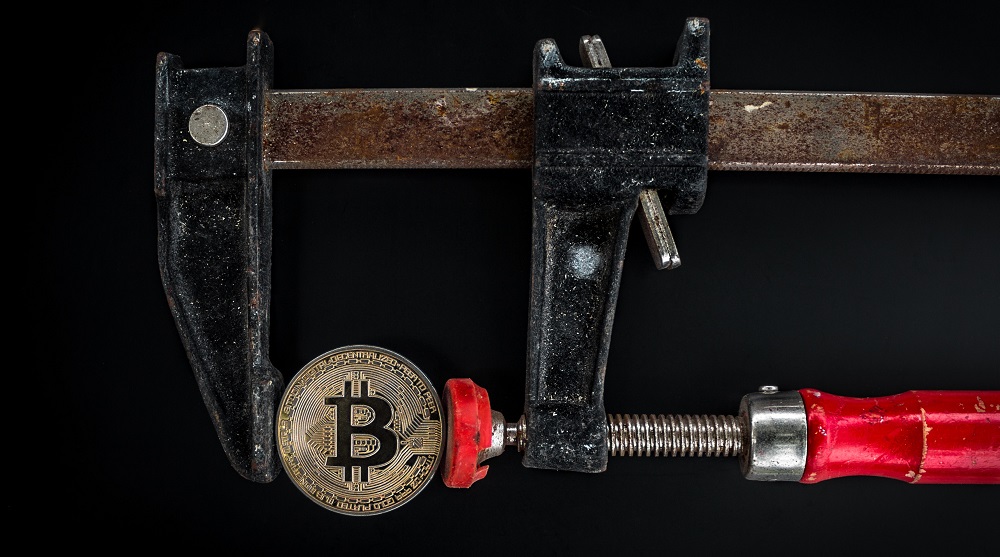How to Distinguish Between a Blockchain and a Database?

Till now, we have discussed enough the basics of blockchain and the technique behind it. A database being functioned on the World Wide Web often uses a client-server system architecture.
A user with permissions granted to access his/her account can change entries that are saved on a centralized server. By altering the ‘master copy’ whenever users try to access a database via their computers, they are provided with the updated version of the database entry. Access to the database remains with administrators, offering access and permissions to be managed by a central authority.
This process is not similar to that of a blockchain
For a blockchain database, every participant manages, calculates as well as updates new entries into the record, i.e., database. All nodes function together to come to the same conclusion altogether, offering inbuilt protection for the network system.
The consequences of this distinguishing factor are that blockchains are perfect as a system of record for specific functions, while a centralized database is appropriate for other purposes.
Blockchains allow various parties who do not trust each other to share information without including a central administrator. Transactions are accomplished by a network of users working in a consensus mechanism so that everyone generates the same shared system of record at the same time.
The value of decentralized access is that it entirely removes the risks of centralized power. With a centralized database, anybody having enough access to that system can corrupt or destroy the data within. This makes users be relying on the administrators.
Some of the administrators have earned the trust put in them for most of the part. People’s money is not acquired by banks that record the money they keep in private databases. And, there is a reason why some of the people still prefer centralized control. Centralized control can be a specialty and a reason for being.
But, that also represents the restrictions that come up with control, like a bank, has to spend billions of dollars to keep these centrally kept databases from being corrupted by hackers. If the central administrators we’re putting our trust in, to keep our information secure, fail in this regard, then we fail too.
Associated history
Most of the centralized databases store information, which is up-to-date at a particular moment. They, more or less, are basically a snapshot of a moment.
Blockchain databases are not only capable of keeping information that is relevant to the current scenario, but also all the information related to the past. Blockchain technology can generate databases that own histories of themselves. They increase like ever-expanding archives of their own history at the time of providing a real-time information-portrait.
It is the expense needed to compromise or alter these databases that have led people to call a blockchain database unchangeable. It is also where we can begin to see the evolution of a database into a system of record.
Execution
While blockchains can be utilized as systems of record and are favored as transaction platforms, they are still considered slow as databases when compared to what can be done using digital transaction technology that we witness today with PayPal and Visa.
While there will for sure be improvements to this execution, the nature of blockchain technology needs some speed to be sacrificed. The way distributed networks are included in blockchain technology means they don’t share as well as compound processing capacity; they each individually service the system, then compare the results of their work with the other systems until there is a majority of opinion.
Whether centralized databases have been around for a long time, and have seen their performance grow in lock-step with a formula that has introduced to define innovation in the digital world: Moore’s Law.
Privacy
Bitcoin is basically a write & read-uncontrolled database. That means anyone is allowed to add a new block to the chain, and also anyone can read a block in the chain.
A permitted blockchain, such as a centralized database, can be write and read-controlled as well. That means the network can be set up so that only permitted participants can write/add a block to the database or read it.
But, if privacy/confidentiality is the only aim, and trust is not a problem, blockchain databases have no benefit over a centralized database.
Hiding data on a blockchain needs lots of cryptography and an associated computational issue for the nodes existing in the network. There is no alternative to do this that is more efficient than just hiding the data entirely in a private database that does not even need network connectivity.






